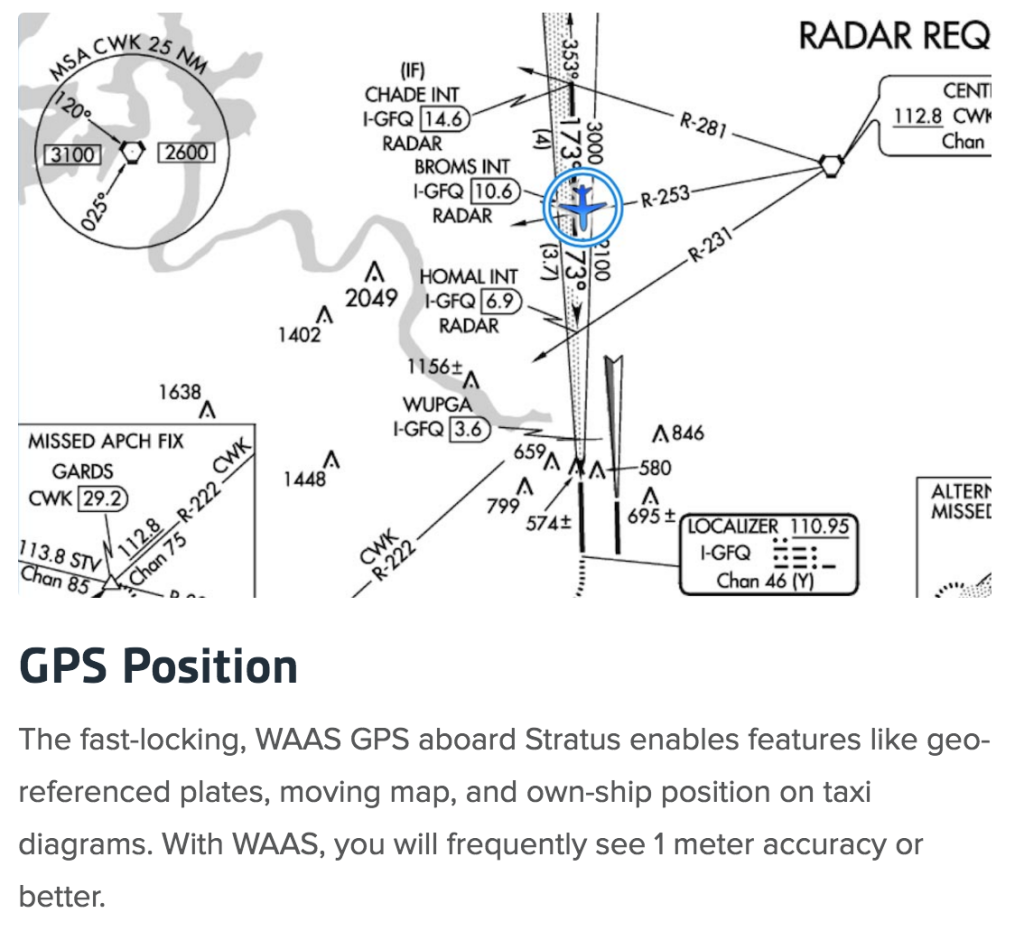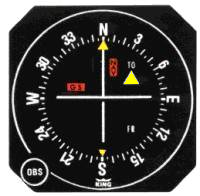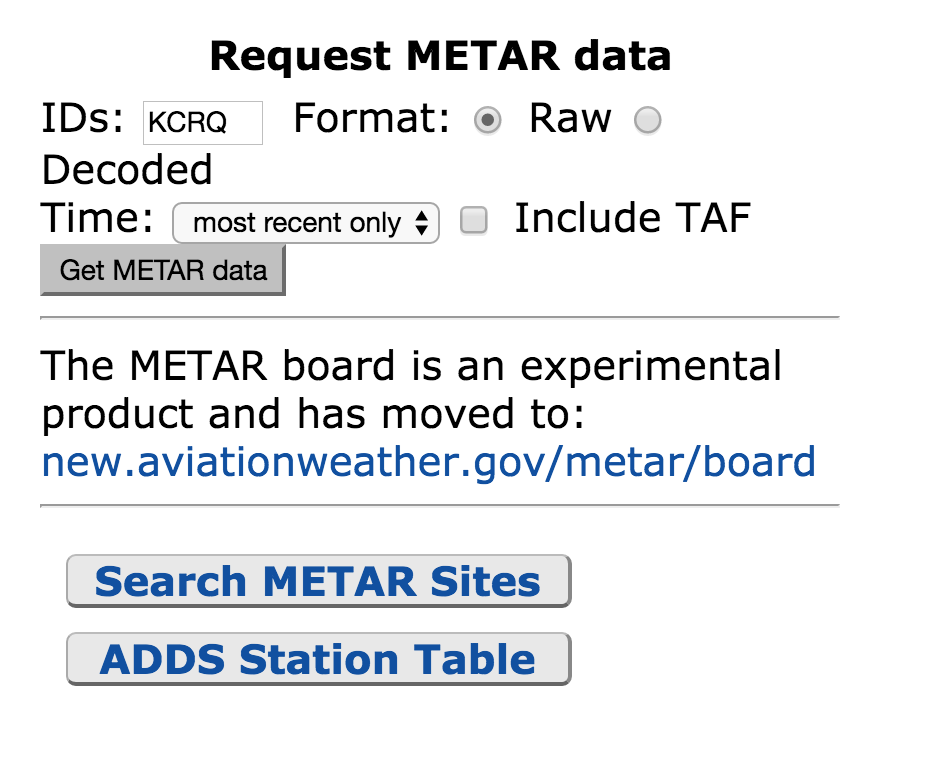Featured Youtube Video
My Latest Instagram Post
Instagram did not return a 200.Categories
- About Me (3)
- Adoptable Pups (1)
- All Things Ava (1)
- Aviation Weather (8)
- Beauty & Fashion (2)
- Business of Aviation (2)
- Child Sexual Abuse (2)
- Cross Country Flying (8)
- Dangerous Drugs (4)
- Dog Rescue (3)
- FAA Dispatcher Exam Prep (3)
- Favorite Things (7)
- Flying Lessons (25)
- Grieving (1)
- Holiday Fun (2)
- Home Decor (2)
- Hotel Reviews (1)
- IFR Written Test (3)
- Inspiration (4)
- Instrument Checkride Preparation (5)
- Legal Marketing (7)
- Life with a Toddler (6)
- Motivation (3)
- Movies (2)
- Music (3)
- Personal Injury Law (6)
- Private Pilot Exam (12)
- Recipes (2)
- Song Meanings (1)
- Taylor Swift (1)
- The Bachelor (1)
- VOR (1)
- Work Travel (1)
Recent Posts
- Save Energy and Save Money ~ Get $10 When you Sign up with OhmConnect!
- 2018 Review: Sheffield School of Aeronautics – Dispatch School in Fort Lauderdale
- Kitchen Table Sanding & Refinishing Project – Dewalt Sander and Minwax Stain
- Pokolodi Lodge Review – Aspen Snowmass, CO
- Aircraft Dispatcher Exam: Lesson Two (Aerodynamics and Aircraft Systems) – Wing Lift Devices
| M | T | W | T | F | S | S |
|---|---|---|---|---|---|---|
| « Jun | ||||||
| 1 | 2 | 3 | 4 | 5 | 6 | |
| 7 | 8 | 9 | 10 | 11 | 12 | 13 |
| 14 | 15 | 16 | 17 | 18 | 19 | 20 |
| 21 | 22 | 23 | 24 | 25 | 26 | 27 |
| 28 | 29 | 30 | ||||
Categories
- About Me
- Adoptable Pups
- Aerodynamics and Aircraft Systems
- All Things Ava
- Aviation Weather
- Beauty & Fashion
- Business of Aviation
- Child Sexual Abuse
- Cross Country Flying
- Dangerous Drugs
- Dog Rescue
- FAA Dispatcher Exam Prep
- Favorite Things
- Flying Lessons
- Grieving
- Holiday Fun
- Home Decor
- Hotel Reviews
- IFR Written Test
- Inspiration
- Instrument Checkride Preparation
- Legal Marketing
- Life with a Toddler
- Motivation
- Movies
- Music
- Personal Injury Law
- Private Pilot Exam
- Recipes
- San Bernardino City Shelter
- Song Meanings
- Taylor Swift
- The Bachelor
- VOR
- Wing Lift Devices
- Work Travel
Instrument Checkride Prep: Reading and Interpreting the METAR
I’m taking the instrument check ride next month and I’m going to be blogging nightly on different topic in preparation for all of the stuff I think will come up on the oral part. I am preparing for lots of aviation weather talk, so at least the next week will be over those topics. I will have to explain things like the difference between a stable and an unstable atmosphere, what standard temperature and pressure values are, and the two basic ways that fog may form.
One very basic thing I will have to do is hop on aviationweather.gov and read and interpret a METAR. The first thing I will do is going to aviationweather.gov and click on METAR – it’s in the upper left hand corner of the website. Then I will scroll down to near the bottom of the page – on the right, where it says “Request Metar Data”, and I’ll type in the identifier of my airport – in this case KCRQ.
The METAR reads: Data at: 0358 UTC 23 Mar 2016 KCRQ 230353Z AUTO VRB03KT 10SM CLR 15/10 A3004 RMK AO2 SLP169 T01500100
Here’s how I’d read this: Airport is KCRQ, Carlsbad, CA Time – 23nd of March at 03:58 Zulu Time. I convert the time and it’s the 22nd of march at 20:58 Pacific Daylight time. The AUTO, when it appears just after the time group, means that the observation is from an automated station. Winds are light and variable at 3 knots, visibility is 10 or more statute miles, sky is clear, Temperature is 15 degrees, Dew Point is 10 degrees. Remarks: A02 means the station has a precipitation discriminator. SLP stands for Sea Level Pressure, which is another measure of atmospheric pressure. The Last digits that start with a “T” are the he hourly air and dewpoint temperatures to the nearest 1/10 C degree.
Tomorrow night I think I will review the Winds and Temperature aloft chart, and what valuable information can be determined on there, like the most favorable altitude, areas of possible icing, temperature inversions, and turbulence.
What is WAAS (in Aviation)? Explaining it for the Instrument Checkride
In the instrument checkride (next month – eeeek!) I know I’m going to have to talk about instrument approaches, GPS approaches and will be prepared to explain how a GPS works. And I’ll probably be asked about WAAS. What the heck is it? I know what WAAS is because I’ve been eyeing a ForeFlight Stratus for Echo Sierra – and it has WAAS!

WAAS stands for Wide Area Augmentation System, and it’s a nice system of satellites and ground stations that give GPS signal corrections in a timely manner (every 5 seconds or better), to give better accuracy. Garmin says WAAS capable receiver can give position accuracy of better than 3 meters, 95% of the time. Foreflight says you frequently see 1 meter accuracy or better. Essentially, WAAS is intended to enable aircraft to rely on GPS for all phases of flight, including precision approaches to any airport within its coverage area.
Another great thing about WAAS is almost around the clock availability. If you want to get technical, availability is the probability that a navigation system meets the accuracy and integrity requirements. The WAAS specification mandates availability as 99.999% throughout the service area. This is equivalent to a downtime of just 5 minutes a year. That’s pretty awesome, especially considering before WAAS, GPS specs allowed system unavailability for as much as a total time of four days per year.
Instrument Checkride Oral Portion Prep: Explaining Wind Shear and How to Handle It
I’ve been busy preparing for the instrument checkride. I did well on my private pilot checkride, but this time I want to be even more prepared, so I will be less nervous. I’m going to start tackling subjects that I anticipate will be on the instrument checkride. Here is a video I made about wind shear, what it is, and what I will do if I encounter it.
New Year’s Day Flight to Catalina
Happy New Year! Thought it would be fun to do a lyric video and since it was New Year’s Day, I tried to pick a fun song! Hope everyone had an amazing day yesterday and isn’t letting the newness of 2016 wear off. Today is Day 2 of book of 366 days! Can’t wait to see what is in store for 2016!!
This video is yesterday’s flight out of Oceanside to Catalina! Weather couldn’t have been better and we saw a couple of whales out swimming around. Rather than overflying the airport and doing a sort of circle back / teardrop entry on the 45 at KAVX , we flew over Two Harbors and came around the back and entered on a 45 for right downwind for Runway 22. Fun flight, and such a treat that Catalina is a short 55 mile hop from Oceanside!
Flying Adventures From Oceanside to Carlsbad, Chino, and Back
Yesterday, I did a quick little cross country flight up to Chino, a county-owned “reliever airport” right next to the big Ontario Airport up there in San Bernardino County. As part of my cross-country training, I need 50 hours of cross-country flying time. For the FAA’s purposes and logging, a cross country flight includes “a point of landing that was at least a straight-line distance of more than 50 nautical miles from the original point of departure.” From my home airport, Chino is a straight line of 48 nautical miles. But, if I fly from Oceanside to Carlsbad Airport (KCRQ), and take off there, it is a 54 NM straight line. So I flew from Oceanside to Carlsbad, picked up Andy and a friend, and we flew that hop up to Chino and back to Carlsbad. Then, I popped in the cockpit GoPro and flew home. Here’s footage of that short six mile flight from Carlsbad to Oceanside.
Checking the Sensitivity of the VOR Receiver (for the IFR Written Test)
 Let’s talk about radio navigation, VOR’s, and OBS’s. Three of my favorite things! There are quite a few questions on the IFR written about VORs. And there is one particular question on the IFR written test about checking the sensitivity of a VOR receiver, and how many degrees in course change there should be as the OBS s rotated, all the way, right or left. This is not the same as checking the accuracy of a VOR (you need to check the accuracy this every 30 days if you’re flying IFR). You turn the knob to move the course deviation indicator (CDI) from the center all the way over to the last dot on either side. The selected course should not exceed 10 degrees or 12 degrees on either side. Each dot on the CDI represents 2 degrees.
Let’s talk about radio navigation, VOR’s, and OBS’s. Three of my favorite things! There are quite a few questions on the IFR written about VORs. And there is one particular question on the IFR written test about checking the sensitivity of a VOR receiver, and how many degrees in course change there should be as the OBS s rotated, all the way, right or left. This is not the same as checking the accuracy of a VOR (you need to check the accuracy this every 30 days if you’re flying IFR). You turn the knob to move the course deviation indicator (CDI) from the center all the way over to the last dot on either side. The selected course should not exceed 10 degrees or 12 degrees on either side. Each dot on the CDI represents 2 degrees.
YouTube Playlist Specifically for Studying for the IFR Written Test
I’ve been busy studying for the IFR written test, which I plan to take in the next month. When I took the Private Pilot written test, I found it helpful to listen to test questions while driving around in my car. There were some good apps for this, but I nothing on Youtube. For the IFR written, I’ve decided to make my own study guide, and publish it on YouTube. I’ve been putting questions together on a YouTube playlist. I cover everything from hazardous weather to aircraft icing, airport signs to gyroscopes. I’m trying to add videos daily. Some of the questions are “easy” and some are harder. I do some questions that are challenging to me, and some questions that I think might help others. Check it out!
Save it For A Rainy Day – Kenny Chesney Lyric Video
I have been loving Kenny Chesney’s single “Save it for a Rainy Day” these last couple weeks. When we did an IFR to VFR on top flight on Saturday, along with some cloudsurfing, it seemed like the perfect song to make a lyric video to. This was just for fun, but I think it came out pretty good. We had some baby rain on takeoff and then went through the clouds, and it wasn’t rainy anymore. On the way back in my CFI Andy showed me how to do an instrument approach on autopilot – just amazing to see and great stuff to learn for instrument training!! Plane is N9897F, Pinnacle Aviation Academy
First Cross Country Flight Video – Carlsbad to Lancaster
For those interested, here is video from part of yesterday’s cross country flight, – my first ever – from the takeoff at Carlsbad’s Palomar Airport (KCRQ) out to Bonsall and then the landing at Fox Field (KWJF) – and spotting two landmarks, “the prison” and “the racetrack”. I learn something every time I fly. Yesterday, I filed my flight plan under the wrong tail number. It wasn’t that big of a deal, but I know I will never do that again! Thanks to my awesome instructor Andy for letting me bring the GoPro up and being patient with all my questions.
Understanding Pressure Altitude and Density Altitude
At my next stage check, I know I’m going to have to explain pressure altitude and density altitude. And when I become a CFI I’m going to have to teach other people what they are, so I need to learn it. And understand it. And most importantly, be able to explain it. Thank goodness for Youtube videos, I can get some free education that will supplement everything I’m paying to learn at Pinnacle.
Pressure altitude is simple – it’s what you get when you dial 29.92 in your altimeter.
Density altitude is pressure altitude corrected for temperature and humidity. Or, pressure altitude corrected for nonstandard temperature. Another way of thinking about density altitude is this: Density altitude is the altitude the airplane feels like it’s at.
At some point my examiner is going to ask me to calculate density altitude. I know there are two pieces of information I need to figure this out. Pressure altitude and temperature. I can get the temperature right off the thermometer. I can find the pressure altitude by setting the altimeter to 29.92 and reading the altitude off the altimeter. Another method of calculating pressure altitude: take standard pressure, subtract the current pressure, multiply it by 1,000 and add the field elevation.
If you don’t have a flight computer, or an E6B, you can find density altitude using this formula:
Density Altitude = PA + (120 x (OAT – ISA Temp)
PA = 120 x (Outside Air Temperature – Standard Temperature (always 15))
In the wintertime, when it’s cool, and especially near sea level, density altitude isn’t really a big deal. In the summer time, when it heats up and air is humid, density altitude can be a big deal. Not so much here in Carlsbad, but in other areas, particularly high elevation areas where it gets hot, density altitude is very important. Remember, a high density altitude is NOT a good thing.
A surprisingly accurate rule of thumb (usually any error will be less than 200-300 feet) for determining the density altitude is easy to remember. For each 10-degrees Fahrenheit above standard temperature at any particular elevation, add 600 feet to the field elevation. (And, conversely for each 10-degrees F below standard temperature, subtract 600 feet from the field elevation.)
Example: It is 79 degrees Fahrenheit at Carlsbad, so that’s 20 degrees about standard temperature (standard temperature is 15C/59F) Add 1200 feet (600×2) to the field elevation of 330. Density altitude calculated by the rule of thumb method would be 1550. Using the 29.92 barometric pressure calculated on a flight computer, density altitude would be 1,673. So, pretty close.




